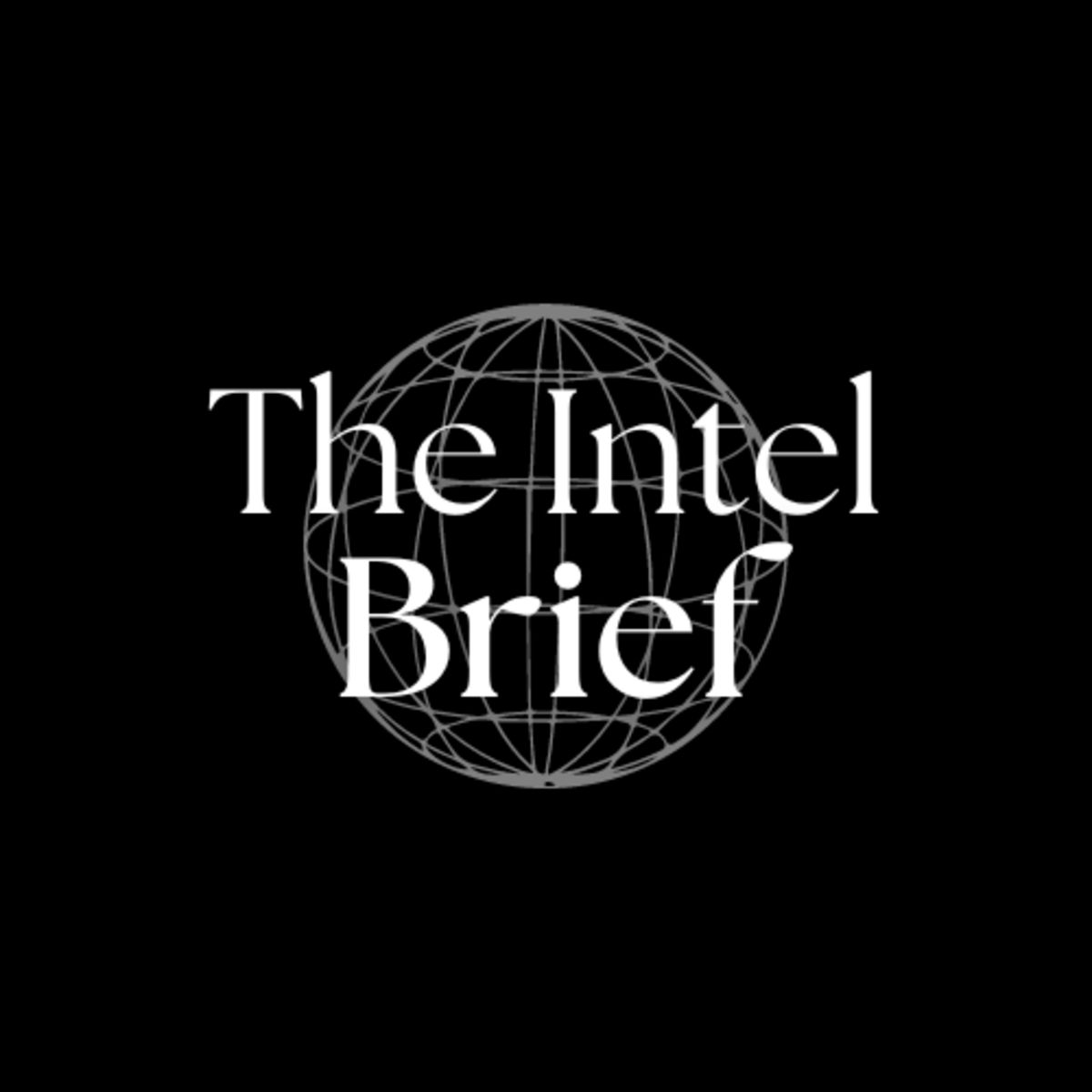
Pacific Weekly
Good morning and happy Sunday,
This is Pacific Weekly, a special edition of The Intel Brief intended to keep you updated on events across the hotly contested Indo-Pacific region.
Reporting Period: 23-29 September
Bottom Line Up Front:
1. China’s newest nuclear submarine is believed to have sunk in port. US officials said the incident likely occurred in May or June, as new satellite imagery reveal salvage efforts.
2. American Typhon missile systems will remain in the Philippines. China previously condemned the placement of American missiles in the northern region of the Philippines. They were scheduled to leave this month.
3. Japan sent a ship through the Taiwan Strait. The move signals to Beijing that their aggression will not go unchecked.
4. China launched an ICBM into the ocean. This is the first time since the 1980s that China has done so.
🇨🇳
Satellite Imagery Shows China’s new Nuclear Submarine Sunk In Port
On 26 September, The Wall Street Journal reported that China’s newest nuclear submarine had sunk in port. US officials who spilled the story to the WSJ said the sub likely sunk sometime in late May or early June.
The mishap is a major setback for China who is seeking naval parity with the United States in preparation for future conflict and Indo-Pacific hegemony.
Why This Matters
Despite China having the largest shipbuilding industry in the world, the mishap suggests that China is struggling with quality control.
Media have aggressively reported on China’s massive shipbuilding capability amidst a 25-year low for the United States. Critics suggest that China’s naval might is overblown, stating they have the numbers but are lacking in quality and capability.
Want To Read More?
Coverage by WSJ
🇺🇸 🇵🇭 🇨🇳
Despite Chinese Complaints, US Missiles Will Remain In The Philippines
On 24 September, it was revealed that US and Filipino officials had agreed to keep American Typhon missile systems in the northern Philippines. The Typhon missile system fires SM-6 and Tomahawk missiles.
(Below: Typhon missiles will remain in the Philippines. Graphic is to demonstrate the range of the system which greatly improves the US’s standoff capability)
Why This Matters
The missiles were scheduled to depart the Philippines this month, but will remain due to increased aggression by China in the South China and Philippine Seas. China has warned the deployment of these missiles, which are in range of China, could lead to diplomatic deterioration and escalations to the already-tense security environment.
Want To Read More?
Coverage by The Seattle Times
The SM-6 by Raytheon
🗾 🇨🇳 🇹🇼
Japan Pushes Back, Sends Warship Through Taiwan Strait
On 26 September, it was reported that Japan sent the destroyer Sazanami through the Taiwan Strait, marking the first time that a modern Japanese naval vessels has done so. ABC News reported that the destroyer was accompanied by Australian and New Zealand vessels.
Why This Matters
Japan is signaling to China that its aggression across the Indo-Pacific will not go unchecked, and that Japan will not remain idle to Chinese “Salami Slicing” tactics.
In recent weeks, China has violated Japanese territory with naval vessels and aircraft. An incident in which a PLA drone violated Japanese airspace was the first time ever that China has done so.
Japan is one of America’s staunchest allies in the region and remains at the forefront of Chinese deterrence, a position China hopes to reduce through long-term provocations and threats.
Want To Read More?
Coverage by ABC News
🇨🇳 🗾
China’s ICBM Launch Touted As Annual Training
On 25 September, China’s rocket force launched an inert ICBM which landed into the ocean. Chinese officials said they alerted countries in advance. Japanese officials said they received no such notice.
Why This Matters
Despite China calling the launch a routine event, and a part of annual training, it is the first time since the 1980s that a Chinese ICBM was launched into international waters. China typically conducts its tests in the western Xinjiang region.
Observers called the launch a signal to Taiwan, Japan, the Philippines, and the United States.
Want To Read More?
Coverage by BBC
End Brief
That concludes this edition of Pacific Weekly.
I hope you enjoyed it. This region remains at the periphery of America’s public interest due to wars in Ukraine and the Middle East. Please be sure to forward it to someone who should know more about it.
Enjoy the rest of your Sunday,
Nick



